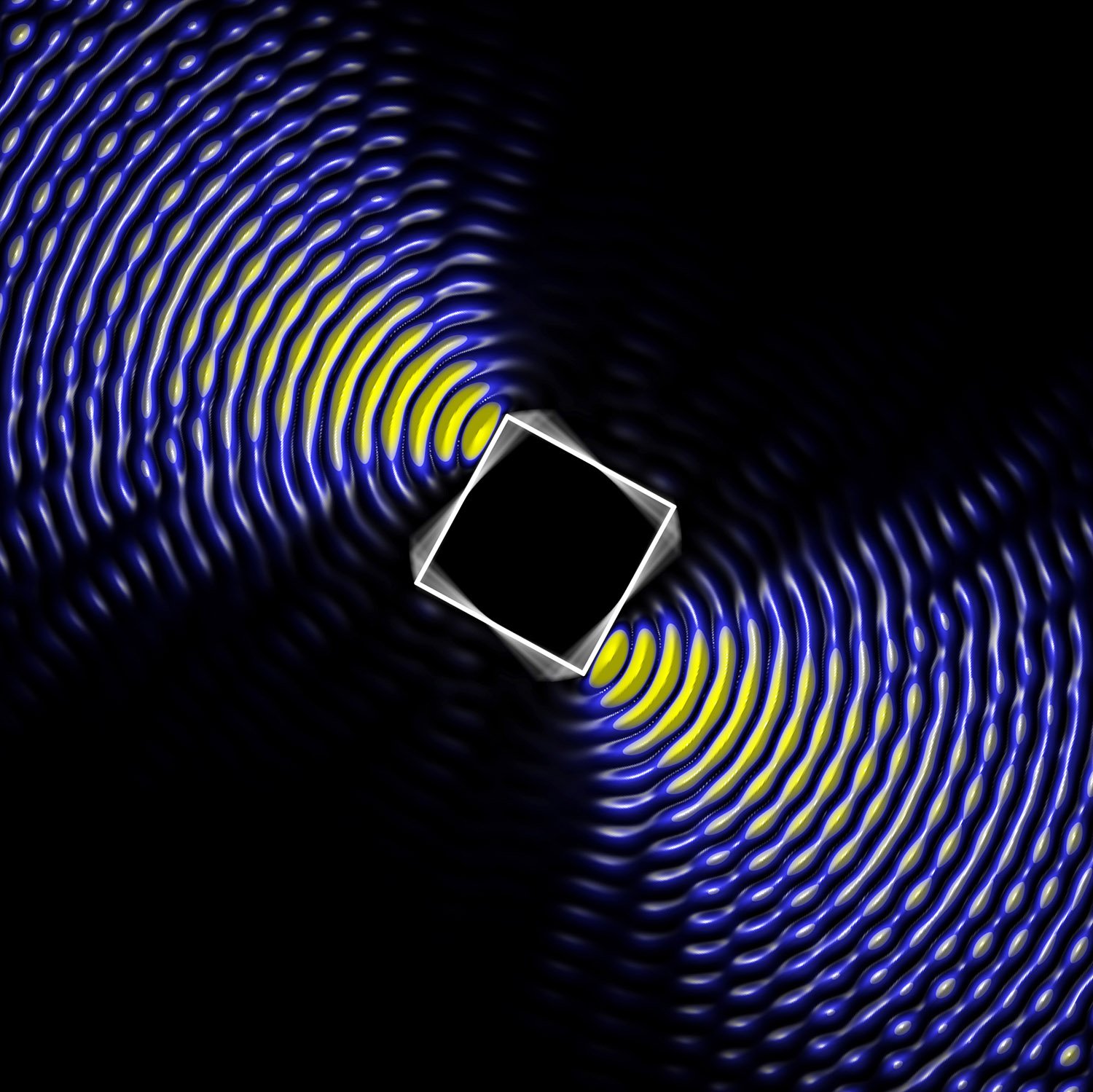New study shows agency plans inadequate to protect endangered animals from climate change
New research led by Defenders of Wildlife and published today in the peer-reviewed journal Nature Climate Change reveals that agencies charged with protecting animals listed under the Endangered Species Act (ESA) are not adequately addressing threats from climate change in ESA planning documents. The study evaluated all 459 U.S. animals listed as ‘endangered’ under the … Read more









